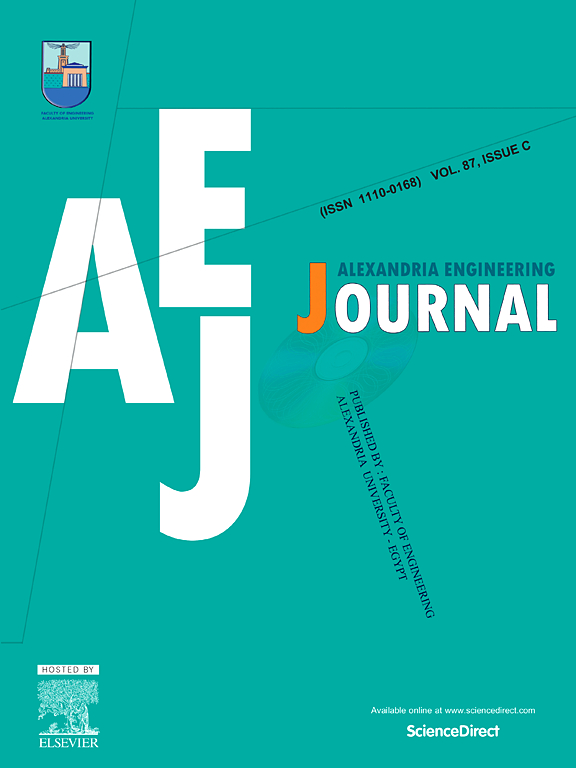Advanced network security with an integrated trust-based intrusion detection system for routing protocol
IF 6.2
2区 工程技术
Q1 ENGINEERING, MULTIDISCIPLINARY
引用次数: 0
Abstract
The global network called the Internet of Things (IoT) facilitates communication and teamwork by connecting different electronic devices. This combination is especially seen in low-power and non-local networks (LLNs), where equipment is limited to comply with specified standards for connectivity. These systems often use the LLN routing protocol (RPL). However, due to its simplicity, there are many ways to compromise network security. It is also difficult to perform complex operations in the LLN computation due to limited usage. This work presents an advanced design called a Trust-Based RPL Intrusion Detection System (TIDSRPL). TIDSRPL transfers the complex trust to the root node, and TIDSRPL evaluates the node trust based on the network behavior. Depotentialize resources through this strategic shift that preserves energy, storage, and compute resources at the node level. A comparison with the pre-tuned RPL objective function of minimum rank with hysteresis objective function routing protocol low power and non-local (MRHOF-RPL) network shows that TIDSRPL has the best performance in detecting and classifying malware contained in Sinkhole, choosing to submit, and Sybil objecting. More importantly, TIDSRPL achieves a 20%–35% reduction in average packet loss and a 33%–45% improvement in energy efficiency compared to MRHOF-RPL, improving its stability in LLN protection block efficiency.
求助全文
约1分钟内获得全文
求助全文
来源期刊

alexandria engineering journal
Engineering-General Engineering
CiteScore
11.20
自引率
4.40%
发文量
1015
审稿时长
43 days
期刊介绍:
Alexandria Engineering Journal is an international journal devoted to publishing high quality papers in the field of engineering and applied science. Alexandria Engineering Journal is cited in the Engineering Information Services (EIS) and the Chemical Abstracts (CA). The papers published in Alexandria Engineering Journal are grouped into five sections, according to the following classification:
• Mechanical, Production, Marine and Textile Engineering
• Electrical Engineering, Computer Science and Nuclear Engineering
• Civil and Architecture Engineering
• Chemical Engineering and Applied Sciences
• Environmental Engineering
 求助内容:
求助内容: 应助结果提醒方式:
应助结果提醒方式:


